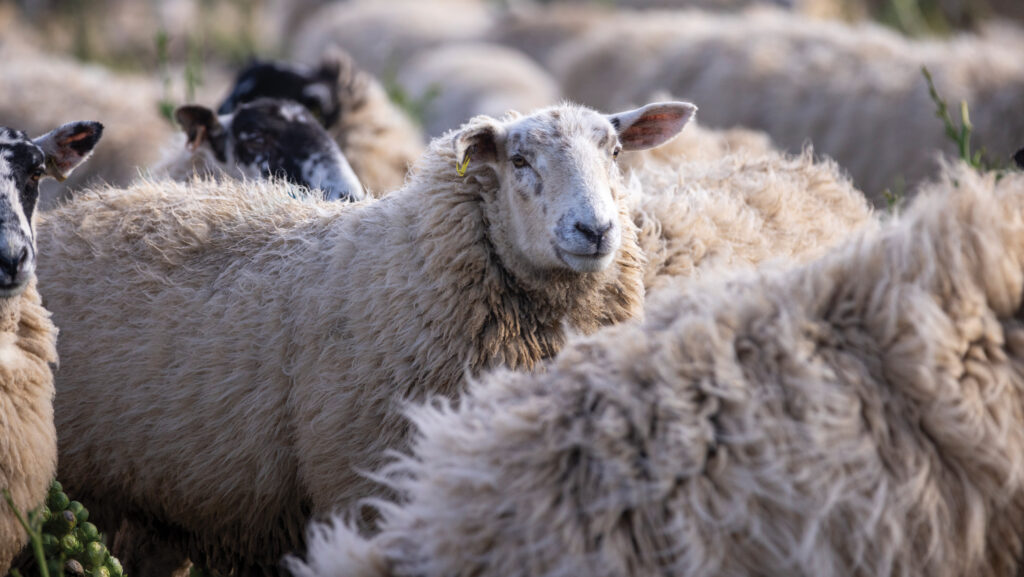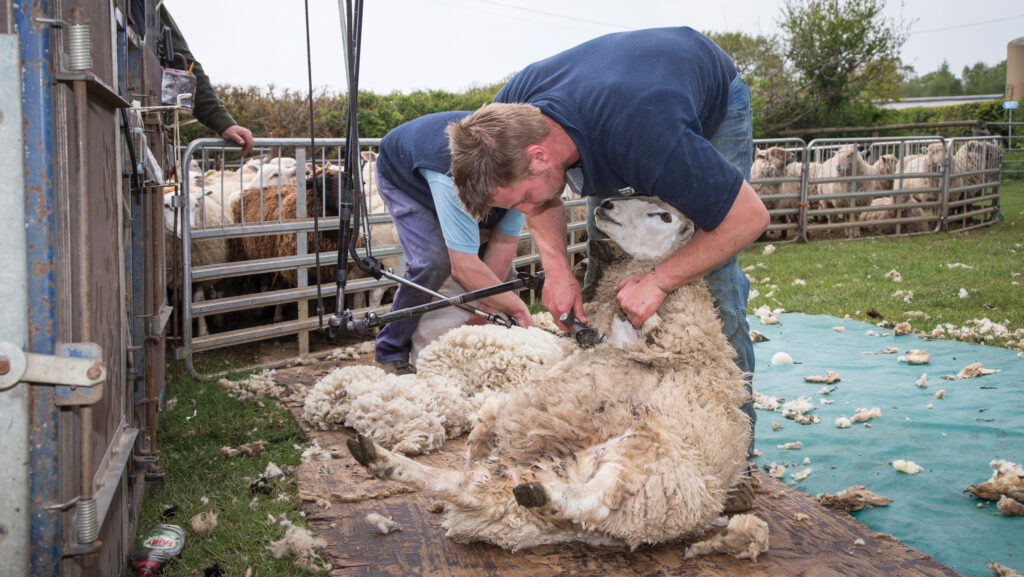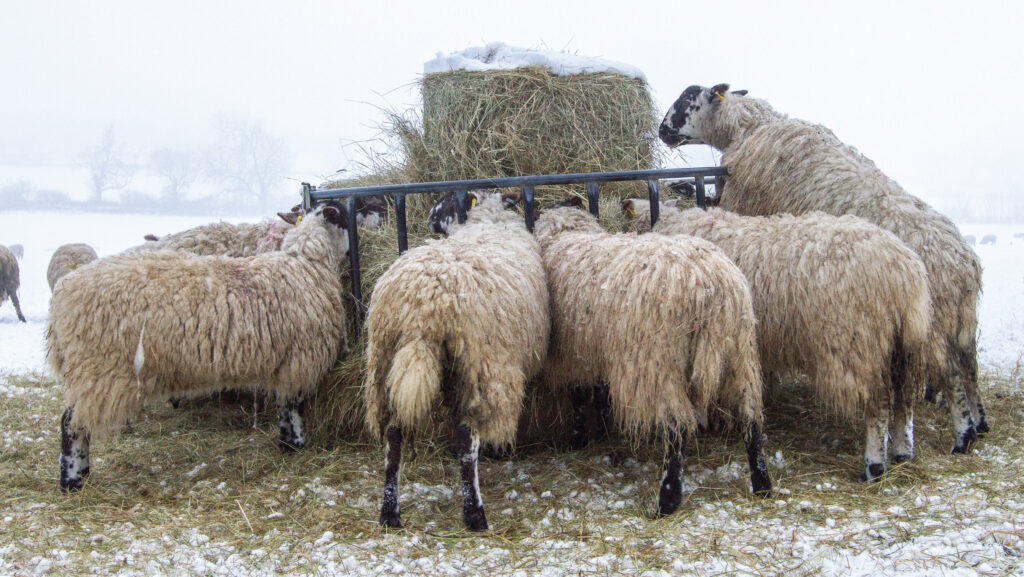Advice on using flock data to set achievable goals
 © GNP
© GNP
A diary or a whiteboard in the lambing shed next season can start a good habit that will improve barren rates, lamb survivability and, in time, overall flock performance.
Decent record-keeping can only benefit the business, says vet Charlie Parker, from Oakhill Farm Vets in Lancashire. And a basic pen and paper operation is easier (and cheaper) than any flock-recording technology.
“A big diary is good as it already has the date printed on it, so all you have to do is write down a number and a comment – even when you are really tired – and keep it in the lambing shed,” he adds.
See also: Why and when farmers should weigh sheep

Recording flock events, particularly at lambing, generates useful management data © GNP
Cost savings
Because lambing conditions change every year, rather than relying on memory to calculate figures, it is better to physically record daily events throughout the lambing period.
“You may think you’ve had a really bad/good time, but that’s only from the bits you remember – whereas good records are evidence.
“As a bare minimum, you should know your scanning results and lambing losses every year. But you can also note mortalities (which animal and when), record abortions, deformities and so on.”
He realises it can be overwhelming to start from scratch, so Charlie’s advice is to keep it simple, prioritising areas to improve – and looking at ones that are financially important to the business.
“The list of what you can record is endless – it depends on your farm and system.
“But whatever you record, you can use it to show what’s changed, track a trend, then set some targets and look at your own potential cost savings,” he explains.
Achievable goals
Goals should be achievable for the farm. It is unrealistic, for instance, to have zero barren ewes.
“Just aim to keep it low and sample them to see what it might tell you about the reasons why they are barren,” Charlie says.
Making best use of the records requires another good habit – setting aside some time to sit down and review them.
Ideally this is done one month post-lambing, when it is still possible to recall weather, management, labour and any other factors that might have had an influence over performance.
By involving the vet as part of a flock health plan visit, analysing the data can also cover scanning results, prolapses (vaginal or uterine) and caesareans, in addition to animals treated or died.
The benefit comes from the vet’s expertise, experience and a more objective opinion, he says. They can also help with setting goals for the year ahead.
“Your vet sees a lot of flocks and will give you a good perspective on different things,” he suggests, adding that some issues may stand out for attention.
“Otherwise, you can look at two or three figures that are too high, talk about what you can do about it, then set six-month and 12-month checks so that you can judge success.
Monitoring

© GNP
“You can try and change things for next year, or on a four- to five-month cycle, to see a difference such as vaccination before tups go in, improving nutrition through lambing, and hygiene at lambing.
“Other changes might involve checking body condition scores, grouping ewes according to scanning results or altering feeding.”
Once a system is in place, figures can be benchmarked against previous years, neighbours (particularly in a discussion group) and national trends (the top third, average and bottom third of farms).
Charlie likens benchmarking to an early warning system that can flag up a hidden issue for investigation.
Yet uncovering a problem does not necessarily require an expensive solution, he points out. Low-cost changes can be effective.
“It might be just moving pens around to avoid heavy traffic areas, using a new navel dip, probiotics, or a powdered disinfectant.
“Things like the weather are out of our control, but you can affect nutrition, hygiene, and drug use.”
